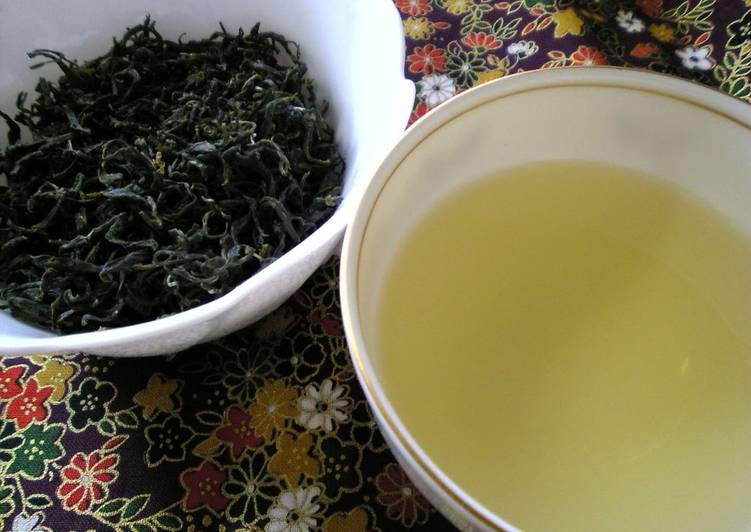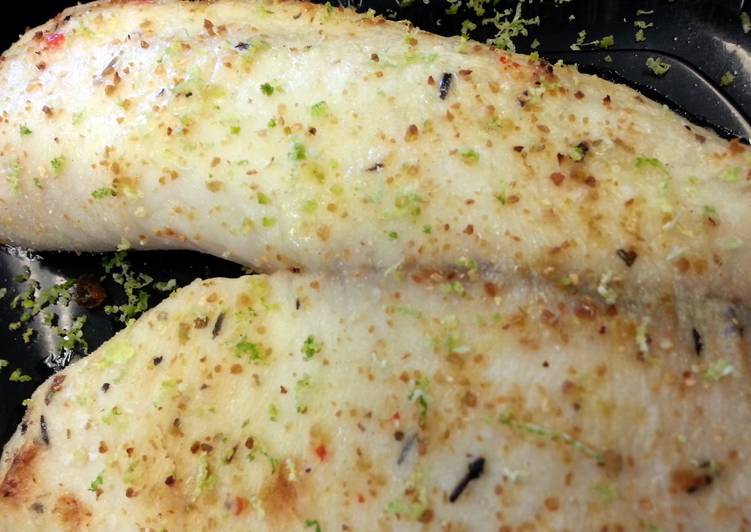
Hello everybody, it is me, Dave, welcome to our recipe site. Today, we’re going to make a special dish, home-grown fresh green tea: how to process freshly picked green tea leaves in a microwave. One of my favorites food recipes. For mine, I will make it a little bit unique. This is gonna smell and look delicious.
No technology to process tea leaves? Here's a traditional method of processing green tea leaves. The tea pickers have to pick the fresh leaves from the apex. These leaves are then processed in a way that prevents too much oxidation.
Home-Grown Fresh Green Tea: How to Process Freshly Picked Green Tea Leaves In a Microwave is one of the most well liked of recent trending meals on earth. It is simple, it’s quick, it tastes delicious. It is appreciated by millions daily. They are fine and they look wonderful. Home-Grown Fresh Green Tea: How to Process Freshly Picked Green Tea Leaves In a Microwave is something that I’ve loved my whole life.
To get started with this recipe, we have to first prepare a few components. You can have home-grown fresh green tea: how to process freshly picked green tea leaves in a microwave using 1 ingredients and 11 steps. Here is how you cook that.
The ingredients needed to make Home-Grown Fresh Green Tea: How to Process Freshly Picked Green Tea Leaves In a Microwave:
- Make ready 1 Tea leaves (fresh)
It undergoes the least amount of oxidation. The shorter processing gives green I had requested to know whether the freshly picked leaves can be dried in a a microwave oven? If so how should the best heating would be for one kg. Medicinal benefits: Green tea is known as a stimulant, an antibacterial, and a diuretic.
Instructions to make Home-Grown Fresh Green Tea: How to Process Freshly Picked Green Tea Leaves In a Microwave:
- Gather the new yellow-green leaves (3 leaf shoots).
- I gathered up one big sieve worth. This amount of leaves is processed in 3 batches.
- Start processing the leaves as soon as they are picked. It's best not to wash them, but it bothers me not to so I rinse them quickly in water.
- Drain the water off well. Put the leaves on a heatproof dish and microwave for about 2 minutes. This steams the leaves.
- The steamed leaves are hot. Taking care not to burn yourself, rub the leaves vigorously. It may be best to rub them on a cutting board… Squeeze out the moisture in the leaves as you rub them for 2 to 3 minutes.
- Put the leaves back in the microwave, and microwave for 1 minute this time. From this point on we'll be drying the leaves.
- Repeat Steps 5 and size - rub the leave, then dry them out - 5 to 6 times. The fragrance of the new tea leaves will fill the room.
- The leaves will gradually lose moisture and become crispy. When there's no moisture left in the leaves they're done.
- These are the finished leaves! If some just won't dry out enough in the micorowave, dry them in a frying pan slowly over low heat.
- Let's try brewing some. The color was quite light this time, but the flavor was strong.
- Cold iced green tea is delicious too.
If so how should the best heating would be for one kg. Medicinal benefits: Green tea is known as a stimulant, an antibacterial, and a diuretic. Vitamins and iron in green tea may also help lower cholesterol and slow Leaves may also be added to the tea. To dry lavender, cut long stems before the flowers fully open, tie the stems together and hang the bunches in. In China, the freshly picked tea leaves are pan-fired, which adds roasted, earthy notes.
So that’s going to wrap it up with this special food home-grown fresh green tea: how to process freshly picked green tea leaves in a microwave recipe. Thank you very much for reading. I’m sure that you will make this at home. There is gonna be interesting food in home recipes coming up. Don’t forget to bookmark this page on your browser, and share it to your loved ones, colleague and friends. Thank you for reading. Go on get cooking!

